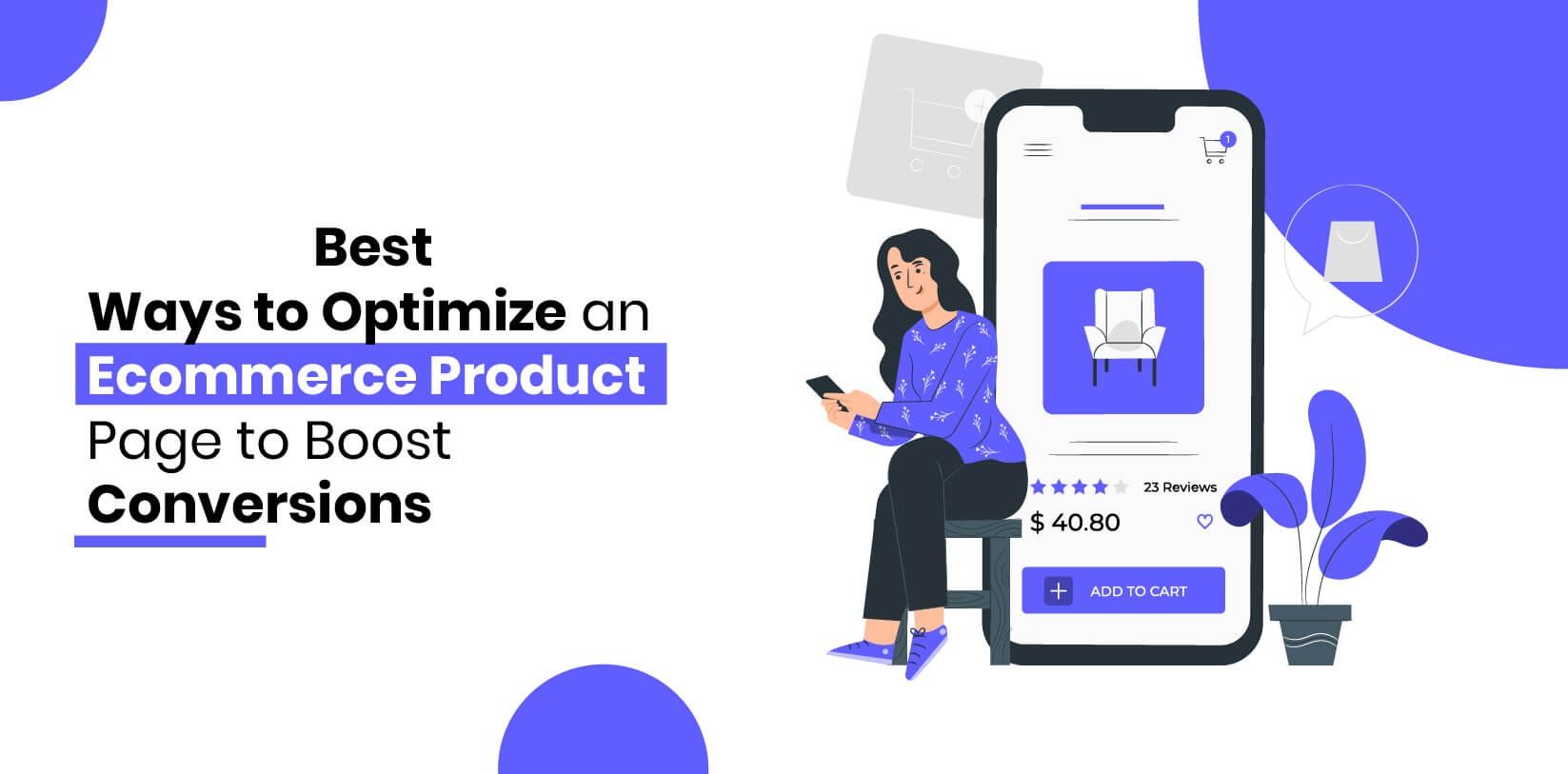Someone may perform a Google search for an item in your store, but unless the product page is properly optimized, you may not be able to easily find it in the search results.
So unless you want to lose potential visitors, make sure your product pages are optimized.
The recommendations below can help you drive more traffic to your ecommerce site and even steal traffic from your competitors.
Ecommerce Optimization Strategies
Understand Product Keyword Research and its Importance
Each product page should be supported by research on how buyers search for that product. This is why keyword research is important when it comes to SEO. Before optimizing your product page, you need to know the search terms that attract the most search traffic.
Understand the best phrases and keywords for your products, considering the following factors: relevance, competition or difficulty in ranking and search volume. Use tools like:
- Google Search Console to identify the main search queries,
- Keywordtool.io to collect information on consumer research behavior and
- Google keyword planner to find product page keywords to target
Make Sure Your Product Names Are Relevant and Descriptive
Product names greatly affect search rankings. Use the keywords you identified above to create descriptive product names.
Make sure they are objective and include the necessary descriptions that customers may be looking for. The simplest way; Do a Google search for related products and see how the most visible pages name them.
For example, this is what you would like to name the Nikon D7100.
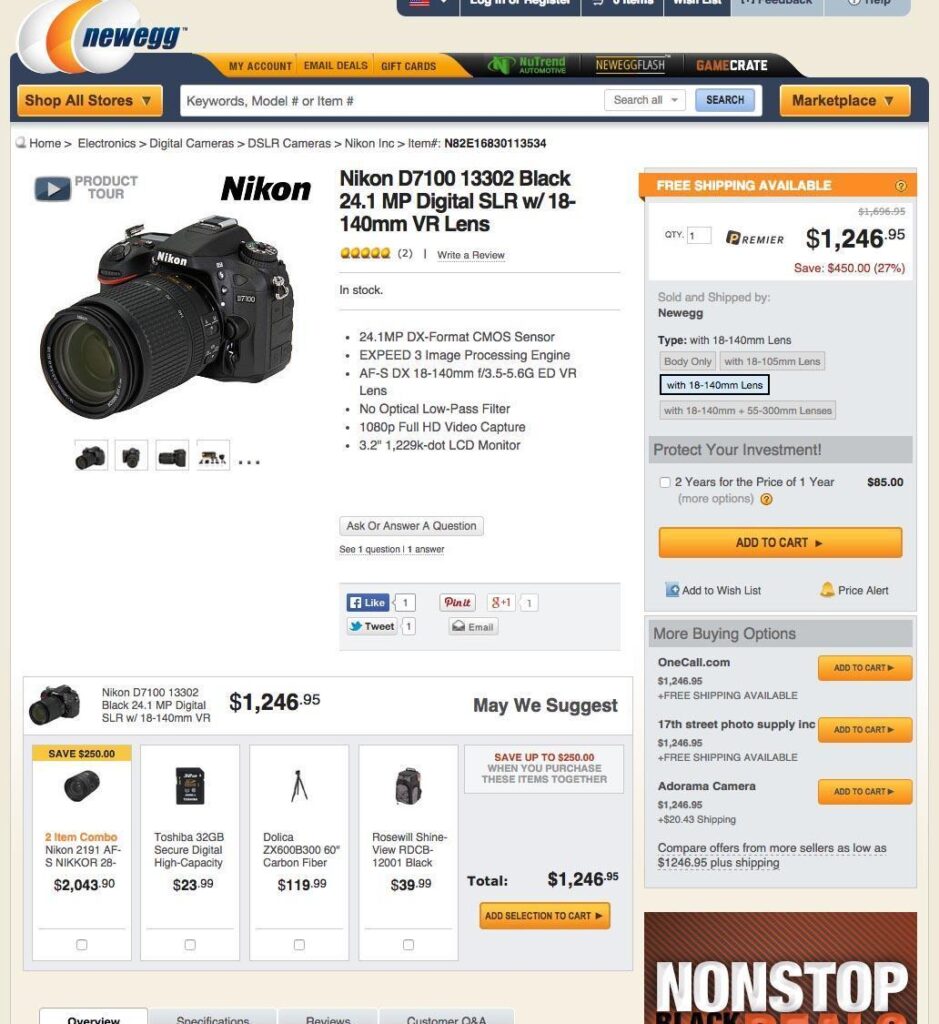
Add Value to Your Products with High-Quality Descriptions
Product descriptions help SEO, but only when there is an added value. Add product descriptions by wondering what customers would like to see in the description. Include the following points in the copy of the description:
Key Features and Specifications: Don’t forget about your product’s key features and specifications and the value they bring to buyers.
Keywords: Revisit view your target keywords as often as possible. Shows model numbers, synonyms, brands, and keyword variations.
Keep it short: make descriptions informative, but not too wordy. If necessary, add lists and labels.
Make it unique: Keep your product descriptions as unique as possible. Never copy / paste from the manufacturer.
Here’s an example of how a simplistic iPhone case product page can be made more attractive with a unique description.
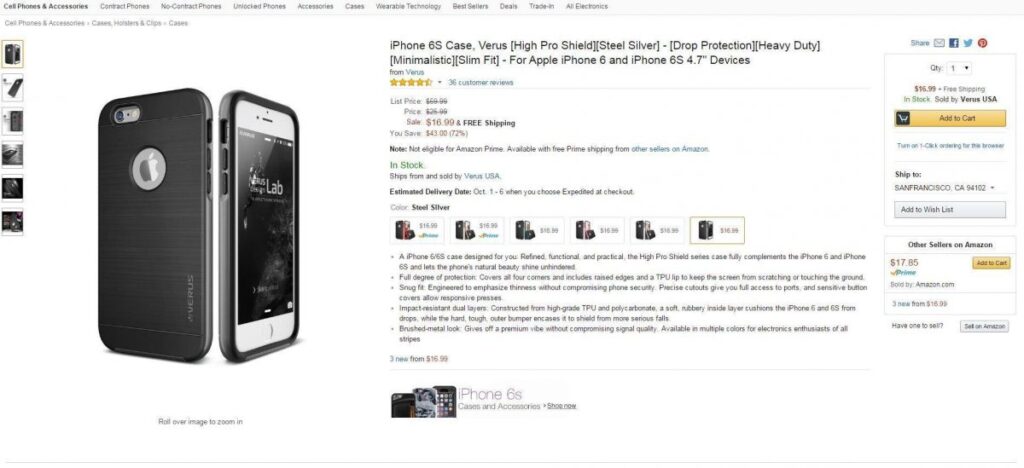
Improve Rankings with Your Page Title
Good page titles not only improve your ranking but also increase click-through rates. Make sure your page title is unique and has relevant keywords. Put the main keywords in front of the title, but never repeat the same keyword. Include markings for maximum effect.
Have Unique Meta Descriptions for All Items
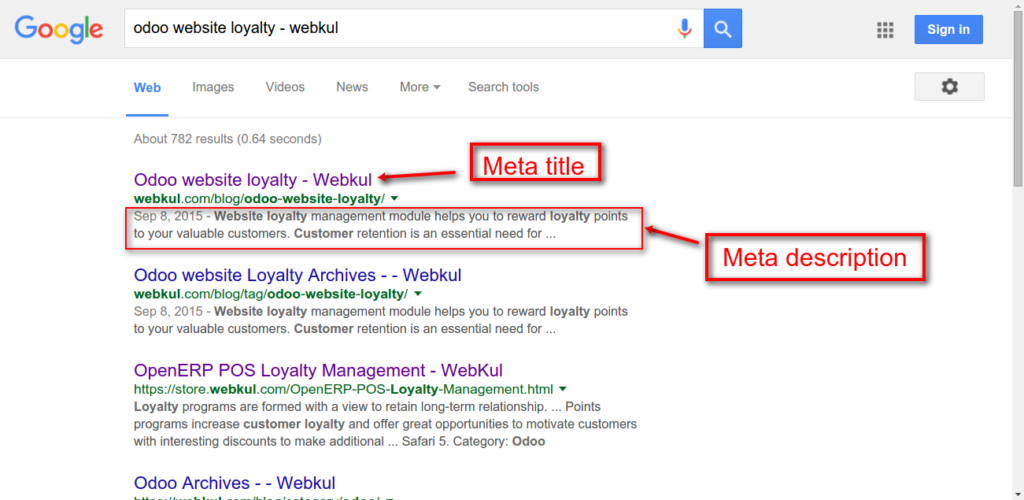
Keywords in meta descriptions do not affect ranking, but adding them is always a good option as it attracts more clicks. Additionally, entering keywords and formatting with symbols and numbers can also increase click-through rates. Include keywords and explain what’s on the page so users know what they’re clicking on.
Make sure the description is unique and not too long. Use your product’s sales pitch to improve click-through rates, and use elements like prices, numbers, and other formatting options to help your product stand out.
Pay Attention to Product URLs
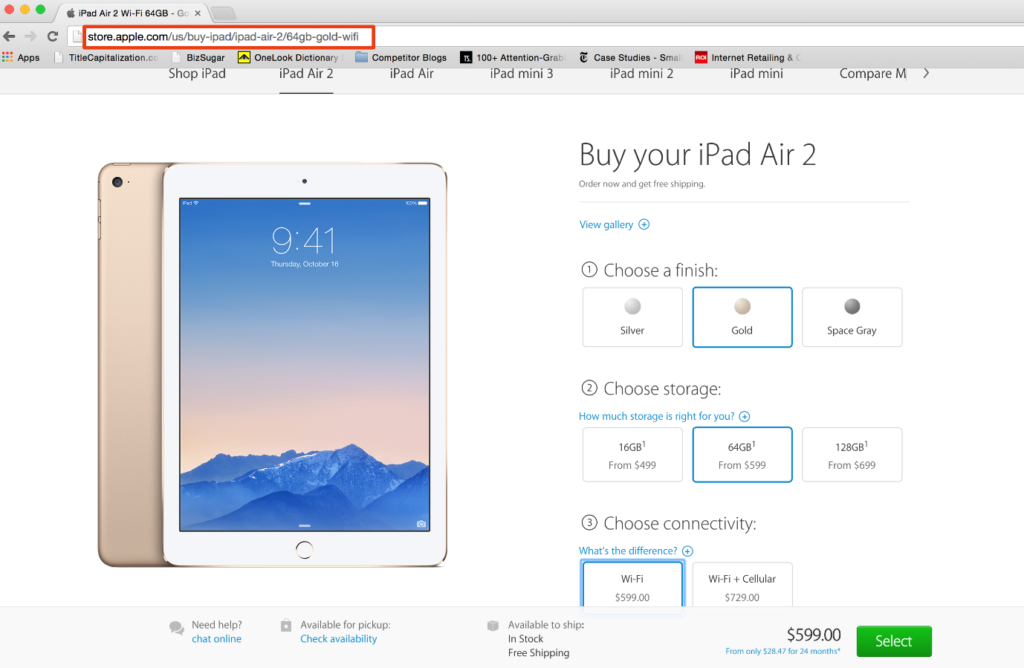
Clean, keyword-friendly URLs affect search rankings. Make sure old URLs are redirected to new ones using a permanent 301 redirect while optimizing the URLs.
Keep these new URLs friendly and make sure they appear directly below the title in search engine results. Make sure URLs are short, lowercase, have keywords, and use subfolders.
Remove any dynamic parameters and clean up any unnecessary elements in the URL structure, such as category and product IDs.
Use Good Headlines

Divide your content using formatted headings and subheadings to make it more readable and help shoppers find information more quickly.
Include synonyms, keywords, and relevant terms in headings to improve SEO. Never include large texts; nobody likes to read them.
Add Product Reviews
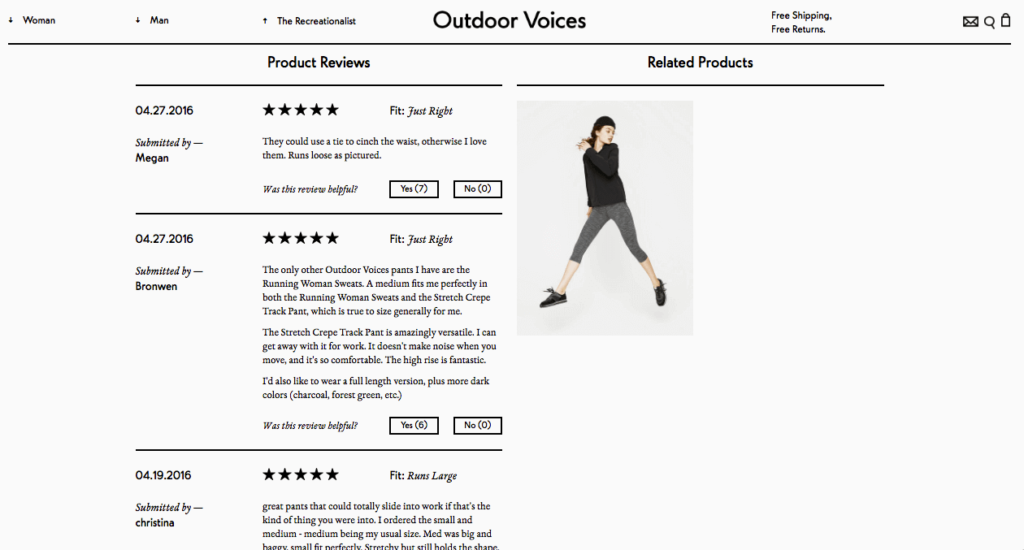
Set up a product review section and ask users to participate. Make sure the text is traceable. Don’t worry if all customer reviews aren’t five-star – a slight variation in comments increases the legitimacy of your products across the site.
Get user feedback by contacting previous users via follow-up email after purchase, incentivizing user interaction by offering raffles and discounts to people who submit comments.
Improve Your Chances with Videos and Images
Use quality product images and how-to videos to complement your descriptions, keywords, and titles. This helps increase your sales and traffic.
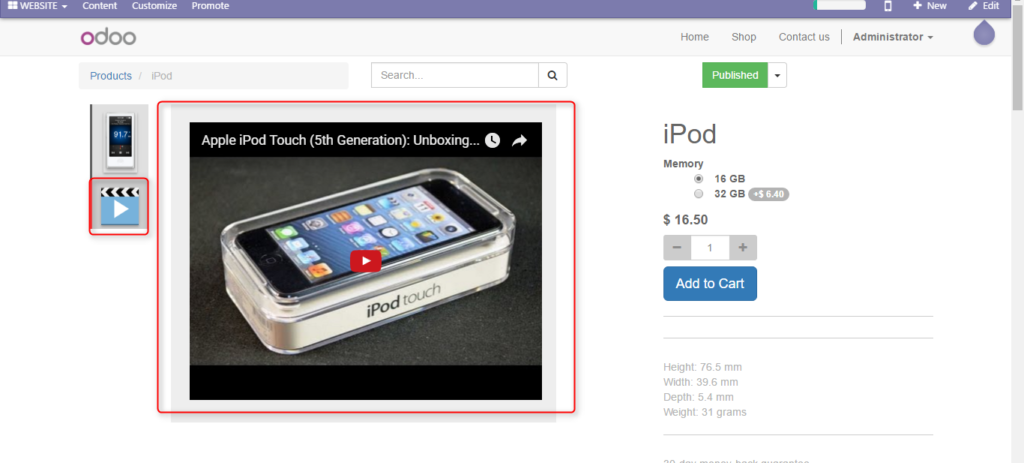
Consumers feel that image quality is an important factor when shopping online, so be sure to include multiple high-resolution photos on the product page.
Don’t forget to optimize the image file name and alt tag. Videos help improve average order value by 50 percent, so include instructional videos, showing your product from different angles, in use, on a white background, with all its different components, etc.
Include separate image and video sitemaps to ensure images and videos on your product page are crawled quickly and effectively.
Use Breadcrumbs to Enhance Navigation on Product Pages
Breadcrumbs on a website are links at the top of the product page. They are effective in helping shoppers navigate quickly and find the products they want, and they help search engines crawl your pages faster.
Include a Prominent CTA to Improve Conversions
Never lose sight of your end goal: to get customers to add products to their digital shopping cart and complete their purchase. For this reason, please highlight the “Add to bag” option more than other items on the product page; Make it stand out so customers can focus on it.
See how this page makes the “Add to Basket” button stand out in blue, which is not used anywhere else on the screen.
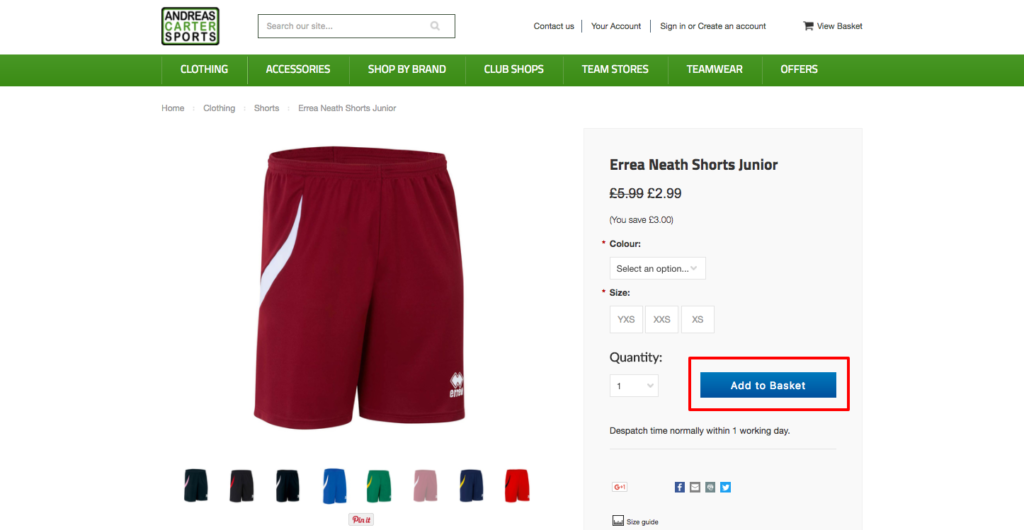
Reduce the Loading Time of Product Pages
Product pages that load slowly decrease your ecommerce conversions as well as your keyword rankings. Ideally, your page should load in 3 seconds or less. Get started by testing your product page loading speed using Pingdom’s performance monitoring tool.
A quick trick to significantly reduce page load time is to use a CDN. In 90% of cases a CDN would be very beneficial, however there are some cases where you may want to ignore it.
There are times when product pages have the most potential landing page on your ecommerce site. So, implement the changes mentioned above to improve your product pages and increase your site’s SEO.
